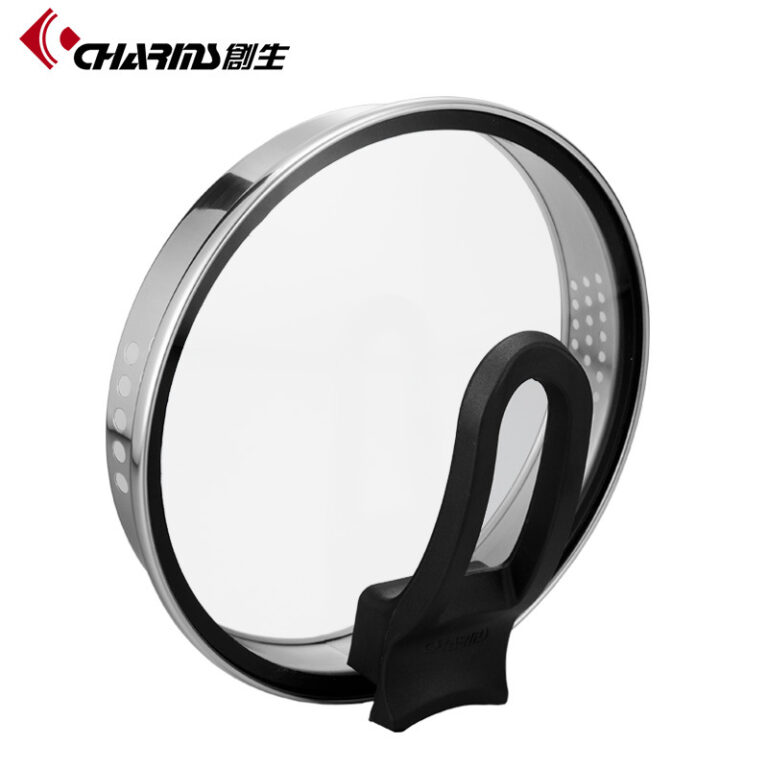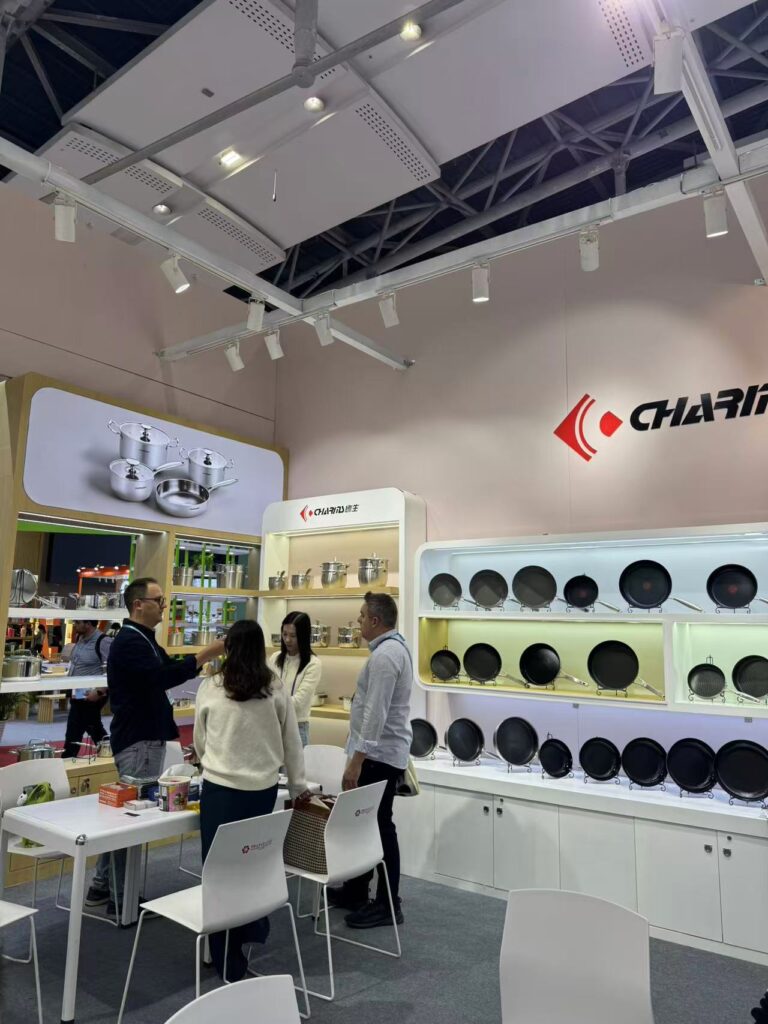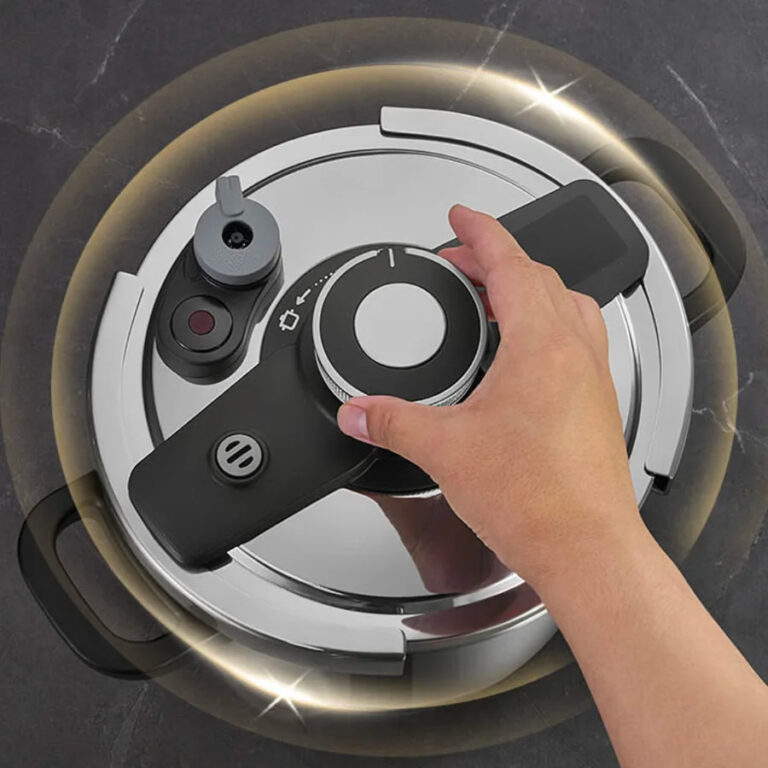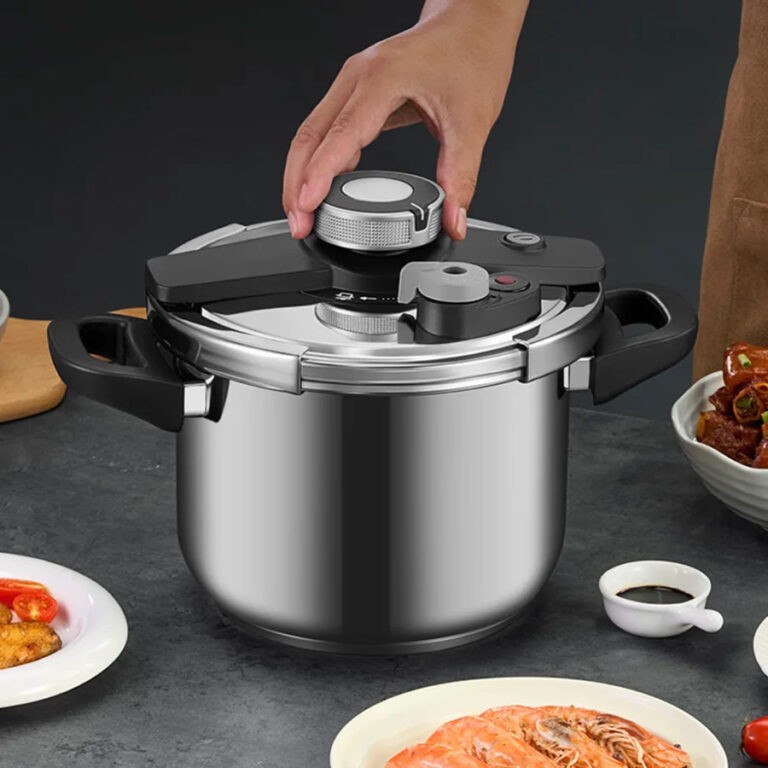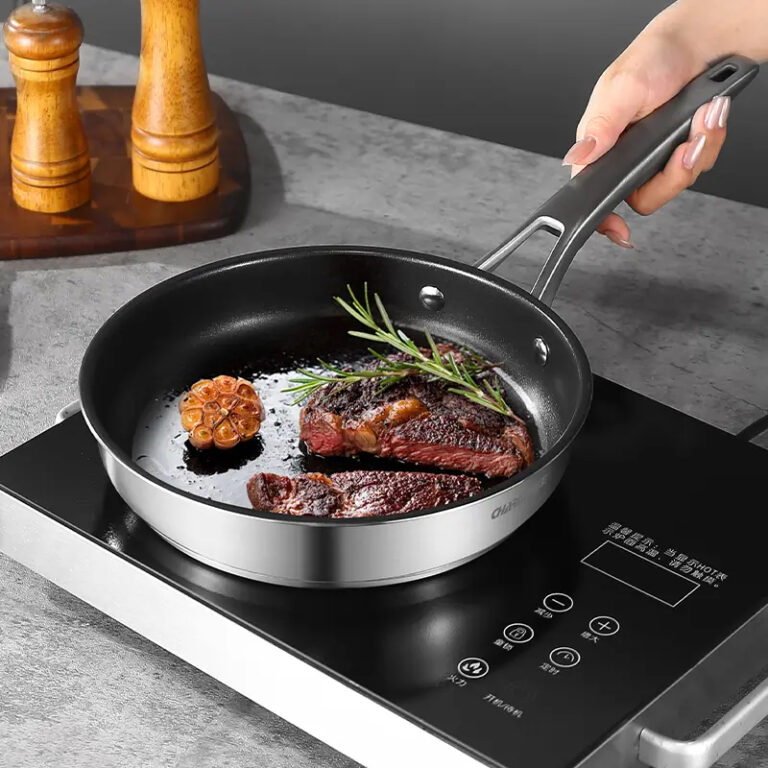When some people want to purchase kitchen appliances and cookware, questions about safety and ease of use are often asked. One of the most common questions we have collected here is whether stainless steel can be safely used in a microwave oven. As a professional with decades of experience in the stainless steel cookware industry, I have constantly heard how misunderstandings about metals in microwave ovens affect kitchen efficiency and user safety.
In this article, I will take you through the basic knowledge of stainless steel cookware, including which types are suitable for microwave heating, potential risks, alternatives, and best practices to ensure your kitchen is safe and practical.
Table of Contents
Toggle1. What is stainless steel cookware?
Stainless steel is an alloy primarily composed of iron, carbon, and chromium, often with added elements like nickel or molybdenum to enhance strength, corrosion resistance, and appearance. In cookware, stainless steel is valued for its durability, non-reactive surface, and ability to distribute heat evenly when combined with layered bases, often including aluminum or copper cores.
Unlike non-stick coatings, stainless steel does not degrade with frequent use or high temperatures. Its corrosion resistance makes it ideal for both acidic and alkaline foods, meaning it can handle everything from tomato sauces to lemon-based marinades without altering flavor. For professional kitchens or home cooks seeking longevity, stainless steel remains a reliable choice.

2.Which stainless steel cookware can be microwaved?
Do you know? Most stainless steel cookware must never be put in a microwave oven. A microwave oven heats food by causing water molecules to vibrate and generate heat. Metals (including stainless steel) reflect microwaves rather than absorb them, which may cause sparks, fires or damage the microwave oven itself.
However, some stainless steel products are specifically designed with microwave oven compatibility in mind. These products usually have the following characteristics:
Microwave safety LIDS or inner linings: Some stainless steel steamers or containers combine metal with microwave-safe materials such as glass or silicone, allowing for safe reheating of food.
Thin layers or special coatings: Some advanced cookware includes thin stainless steel components embedded in microwave-safe layers, which can achieve safe heat distribution without dangerously reflecting microwaves.
3.How to choose suitable stainless steel cookware
Choosing the right stainless steel cookware involves balancing durability, functionality, and compatibility with your cooking methods. Here’s a practical checklist:
-
Material grade: High-quality 304 or 316 stainless steel offers superior corrosion resistance and durability.
-
Layering: Look for cookware with aluminum or copper cores for even heating, especially for stovetop use.
-
Lids and handles: Ensure handles are ergonomically designed and heat-resistant. Avoid purely metal lids for microwave use.
-
Manufacturer guidance: Only use products explicitly labeled microwave-safe for reheating purposes.
4. Risks of microwaving stainless steel
Using stainless steel improperly in a microwave can lead to several hazards:
-
Sparks and arcing: When microwaves hit metal, they can bounce, creating sparks that may ignite paper towels or plastic.
-
Microwave damage: Repeated sparking can damage the magnetron, the core component of your microwave.
-
Uneven heating: Metal prevents microwaves from penetrating food evenly, potentially leaving cold spots and compromising food safety.
-
Injury risk: Hot metal surfaces can cause burns when removed from the microwave.

5. Alternatives to stainless steel for microwaving
If you need to reheat food quickly, several alternatives provide both safety and convenience:
-
Glass containers: Borosilicate or tempered glass can withstand high temperatures and allows even heating.
-
Ceramic dishes: Microwave-friendly ceramics with no metallic trim are durable and versatile.
-
Silicone containers: Flexible, lightweight, and microwave-safe, silicone is perfect for reheating sauces, soups, and steamed foods.
-
Microwave-safe plastics: Look for BPA-free plastics labeled specifically for microwave use.
6. Common misconceptions about microwaving metal
Even experienced cooks sometimes harbor myths about metals in microwaves. Let me clarify a few:
-
“Thin metal is always safe.” Not true. Even thin layers can cause sparks unless specifically engineered for microwaves.
-
“Microwave ovens cook by contact, so metal won’t matter.” Incorrect. Microwaves work by radiation, not conduction, and metal reflects waves rather than absorbing them.
-
“Small metal accents on dishes are harmless.” Dangerous. Even minor metallic trims can cause arcing.
7. How to safely use and maintain stainless steel cookware
While microwaving is generally off-limits for stainless steel, proper use and maintenance ensure your cookware lasts decades:
-
Regular cleaning: Avoid harsh abrasives; use soft sponges and mild detergents.
-
Avoid thermal shock: Do not pour cold water into hot cookware to prevent warping.
-
Dry immediately: Prevent water spots and maintain shine.
-
Polish periodically: Retain the cookware’s professional finish and corrosion resistance.
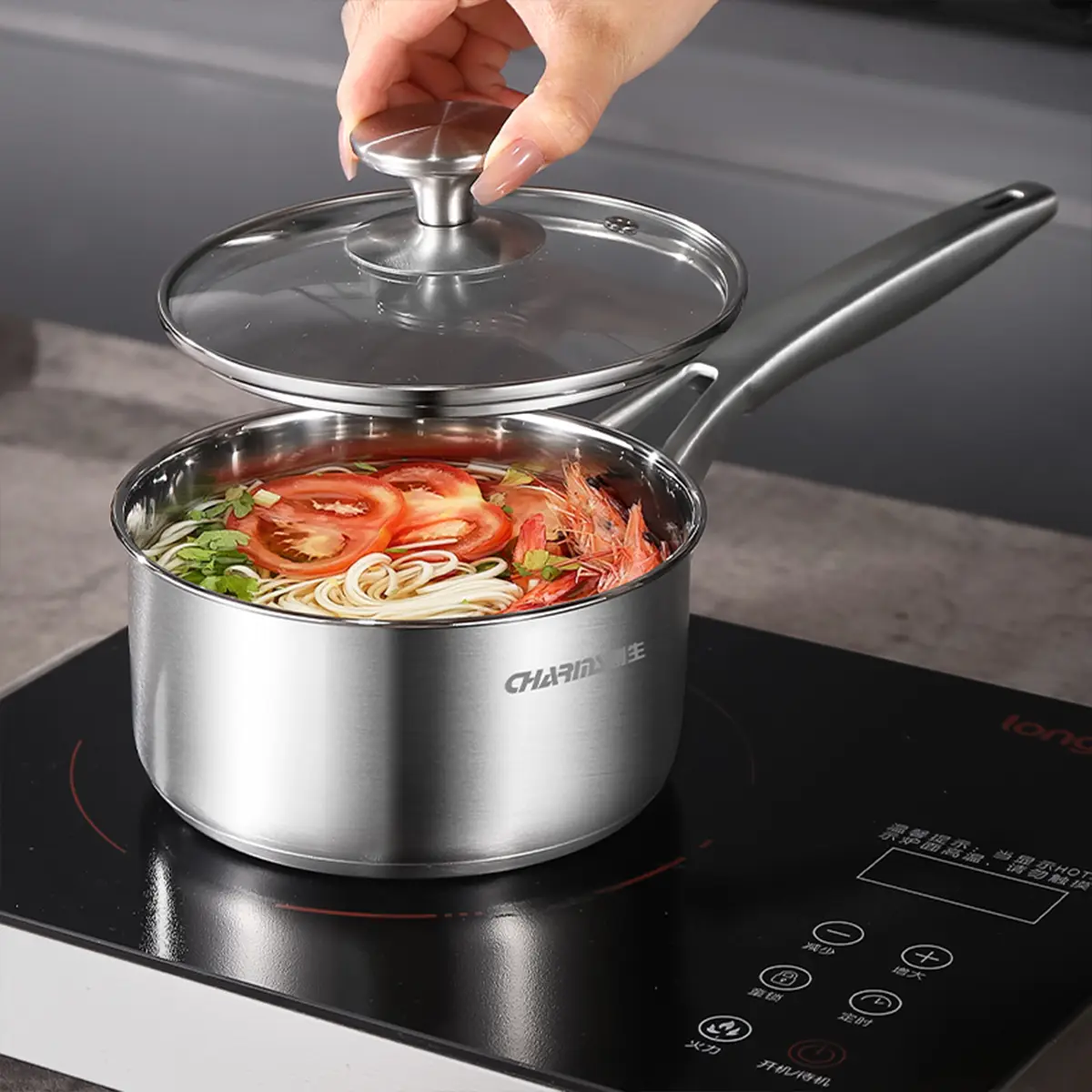
8. Choosing the right manufacturer
When sourcing stainless steel cookware, your choice of manufacturer directly affects product quality and safety. Consider:
-
Certifications: ISO 9001, ISO 14001, and OHSAS 18001 certifications reflect rigorous quality and environmental standards.
-
Production capacity: A modern facility with automated lines ensures consistent quality and timely delivery.
-
R&D expertise: Companies with dedicated engineers can innovate ergonomic, energy-efficient designs.
-
Proven OEM/ODM experience: Established partnerships with global brands indicate reliability and flexibility.
Here is a guide to the top manufacturers in China.
9. Conclusion
Microwaving stainless steel is generally unsafe unless the cookware is explicitly designed for it. Understanding the properties of stainless steel, recognizing the risks, and choosing appropriate alternatives or microwave-safe products are critical to maintaining safety and efficiency in the kitchen. By investing in high-quality, certified stainless steel cookware and adhering to best practices, you can enjoy durability, versatility, and reliability for years to come.
At Charms Cook, we combine innovation, craftsmanship, and stringent quality standards to produce cookware that is both practical and safe. Whether you’re exploring new kitchen solutions or optimizing existing cookware, choosing the right materials and manufacturer is a decision that ensures both performance and peace of mind.


